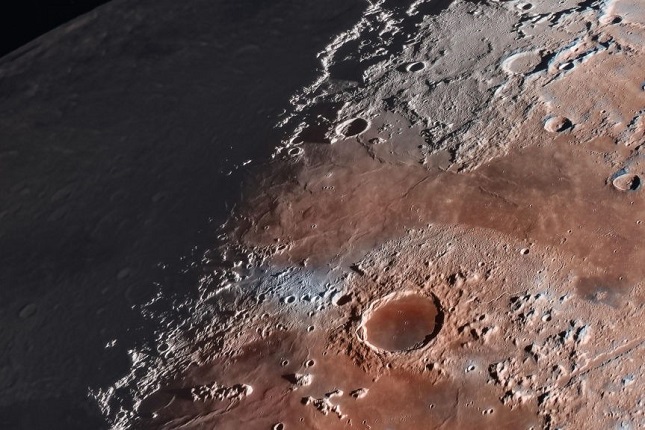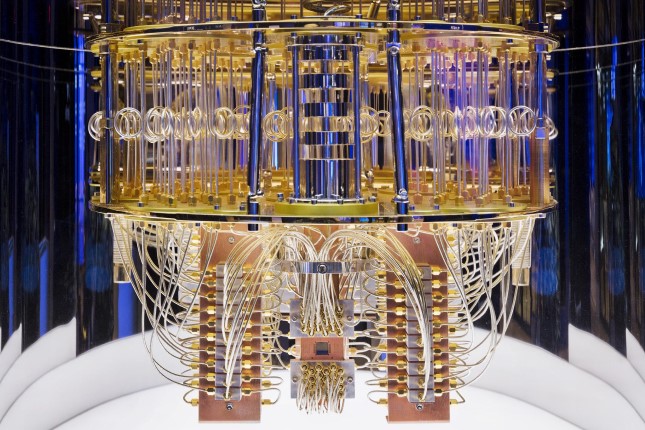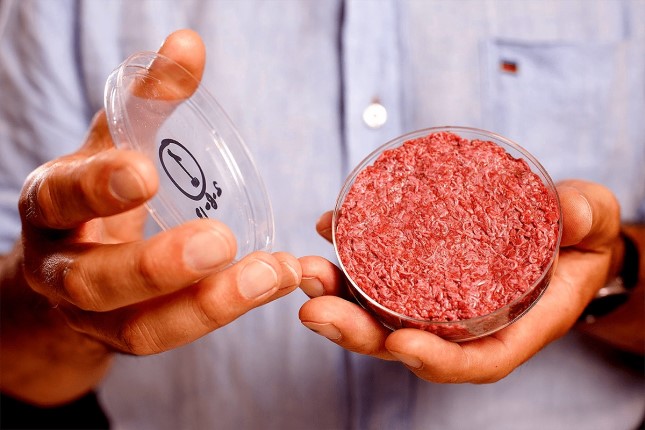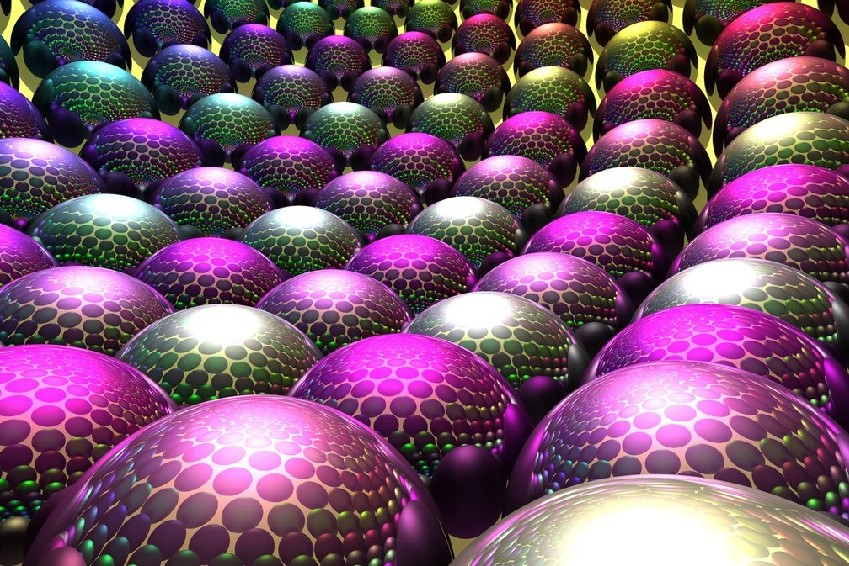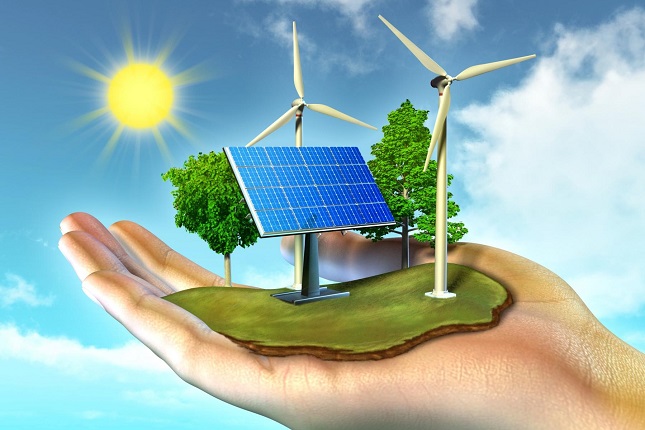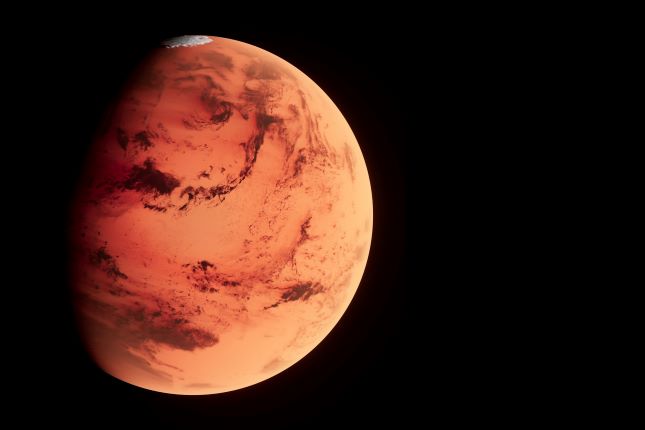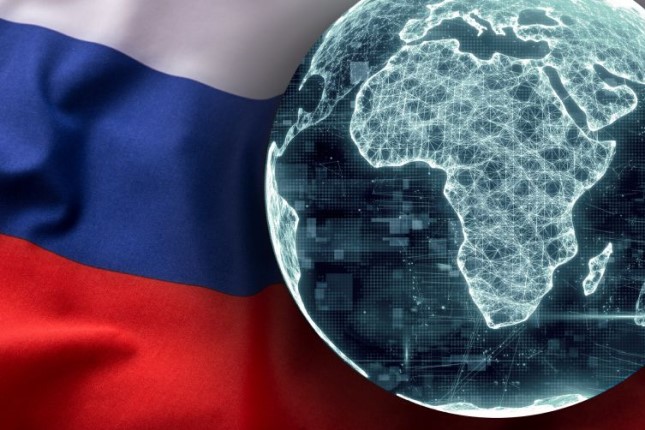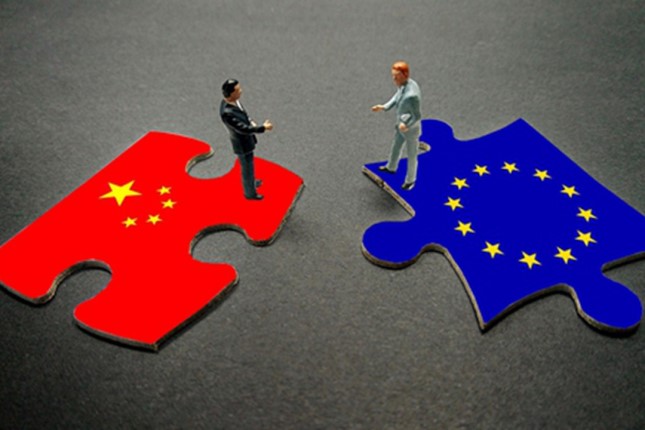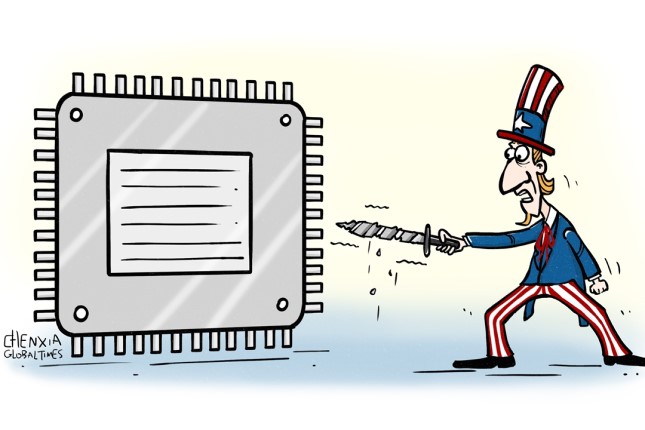China's Chang'e 5 lunar exploration mission, named after the moon goddess, has discovered a previously unknown mineral on Earth’s satellite, Changesite-(Y), or "Chang'e Stone." This is the sixth mineral found on the moon.
The discovery has made China the third country, after the US and Russia, to have found a new mineral on the lunar surface. The last time a project to transport lunar soil to Earth was successfully completed was 44 years ago. The success of China, however, is not just about good logistics and discovery per se.
Changesite-(Y) is a colorless, transparent columnar crystal that contains the stable isotope helium-3. The discovery could turn lunar exploration into a business venture, promising attractive profits. Meanwhile, the US has grown very involved in the lunar race with China, and such a rivalry will certainly benefit space research.
The isotope Helium-3 could become the energy source of the future. Unlike common helium, it has one, not two, neutrons in the nucleus – a slight difference that makes all the difference. Without one neutron, helium-3 makes an ideal fuel. Just one ton of this substance in thermonuclear fusion produces as much energy as is released in the combustion of 15 million tonnes of oil.
According to rough calculations, the moon contains as much as 500 million tonnes of helium-3, enough for the Earth's economy for 5,000 years. Scientists say the thermonuclear reaction is a very reliable source of energy. For instance, our sun has been shining for 4 billion years, powered by such a reaction. And helium-3 is a by-product of a star's combustion blown around by the solar wind.
Therefore, on the Earth, shielded from radiation, there are only about 40,000 tonnes of helium-3 deep in the planet's molten mantle. The moon, which has been blown around by the solar wind for billions of years, is another matter. Because of this, the helium isotope is found in every particle of lunar soil, especially on the moon's dark side.
As astrophysicists explain, the near and far sides of the moon differ greatly in composition and quality. The near side is characterized by large masses of solidified lava rock, pulled from the depths of the satellite by Earth's gravity. But the far side, which always faces the sun, is rich in helium-3, formed by solar radiation. But there's a catch: to supply just one tonne of this valuable energy resource, about 200 million tonnes of lunar dust must be processed.
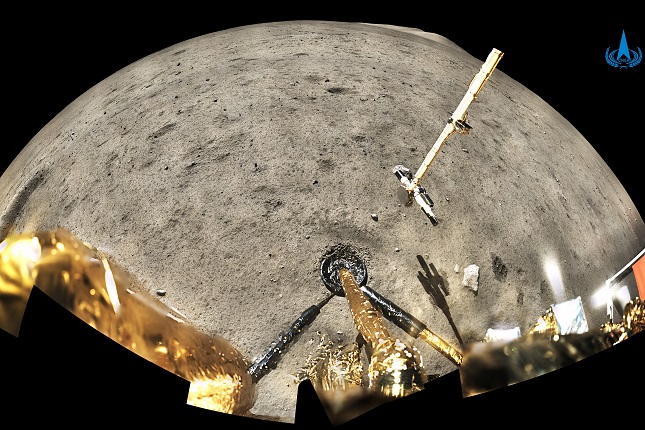
View of the lunar surface taken from the Chang'e 5 lunar module.
The first country to set up all the necessary production and transport chains will control the huge energy market. This business logic pushes the Chinese authorities into action. Following the discovery of helium-3, China decided to undertake three additional uncrewed missions to the moon over the next 10 years.
After Chang'e-5, which returned in 2020, Chang'e-6 and Chang'e-7 will collect more lunar samples from the moon's far side by 2024. The Chinese will target the South Pole-Aitken basin, a giant crater in the south of the moon. There is a good chance of finding dense concentrations of helium-3 and ice. It is planned to be turned into water to facilitate the construction of a permanent lunar base and, in the long term, to set up a mining industry.
China plans to send the Chang'e-8 mission to the moon, scheduled for launch in 2027.
Exploration of the far side of the moon already required serious technical solutions from China, which indicates the high level of development of the country's space technology. As the moon blocks the radio signal, the Chinese fixed a communications satellite at the Lagrange point L2, where the centrifugal force balances the gravity of the Earth, and thus the spacecraft hangs in the right place.
Collinear libration points that include L2 are unstable. Any object caught in it stays there for a short time and then is released. Consequently, Chinese engineers were required to make many complex calculations and continually adjust the position of the communications satellite so that it would perform its functions effectively.
China's National Space Administration, NASA's equivalent, is creating its space station in Earth orbit, which will be an outpost for the exploration of the moon and then Mars. For now, only two countries managed to land rovers on the Red Planet – the US and China.
The space programme of the world's most popular country looks quite impressive. In the coming years, China plans to extract samples from the surface of asteroids that fly past Earth and send a human-crewed mission to the moon in 2030.
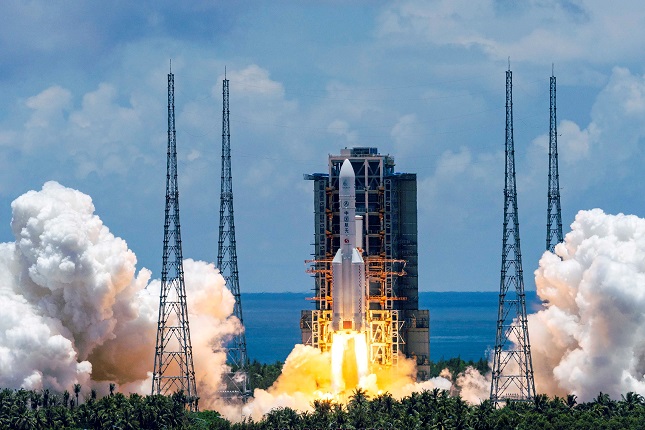
Long March 5 launch.
The People’s Republic has already developed four space launch sites. The main one, the newest complex in Wenchang on Hainan Island, is relatively close to the equator, where the centrifugal force of the Earth's rotation saves rocket fuel. Lunar missions start from there.
As for China's most ambitious plan, the country plans to build a nuclear-powered space shuttle by 2040. The shuttle could be fueled by helium-3. We can imagine what prospects the Chinese moon discovery can imply.
